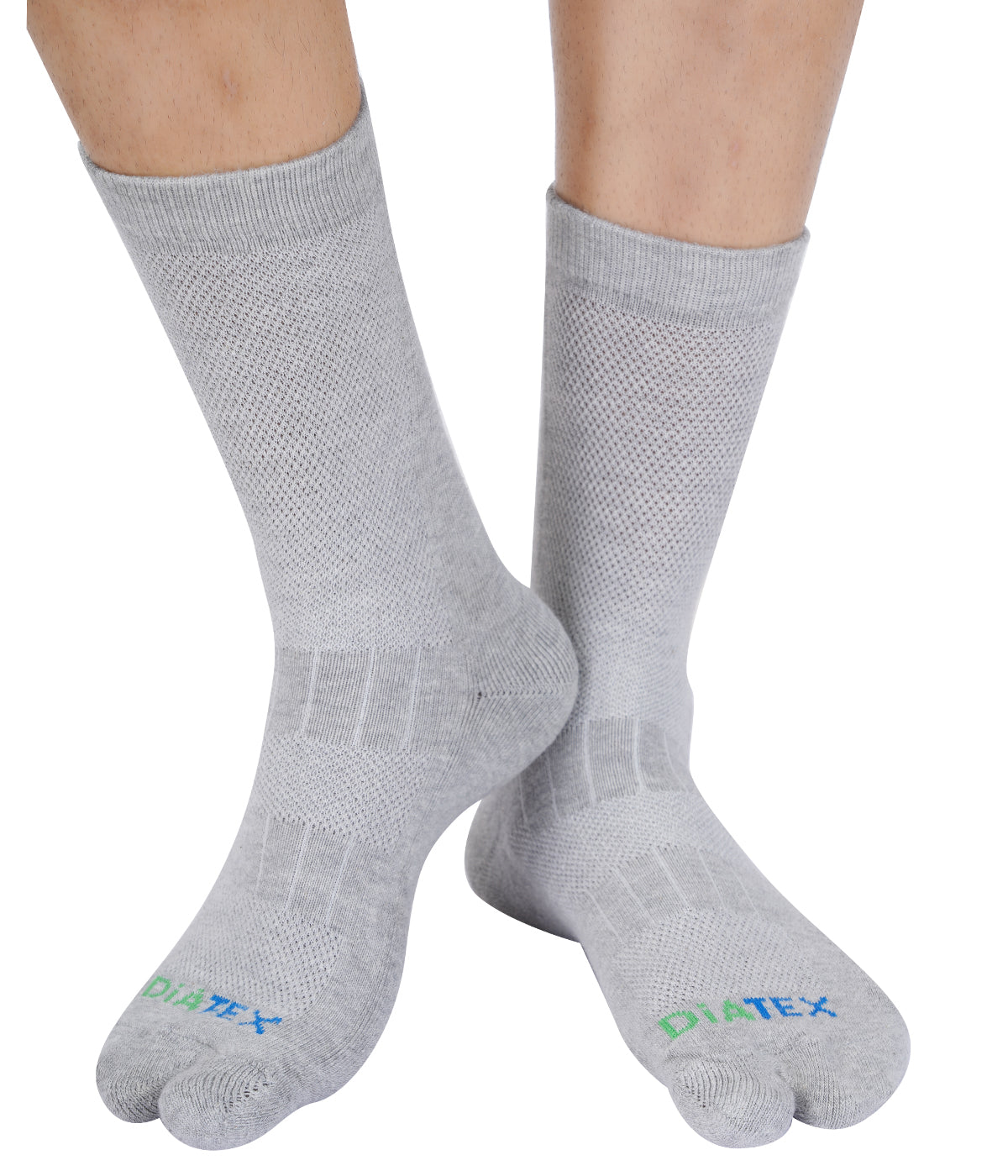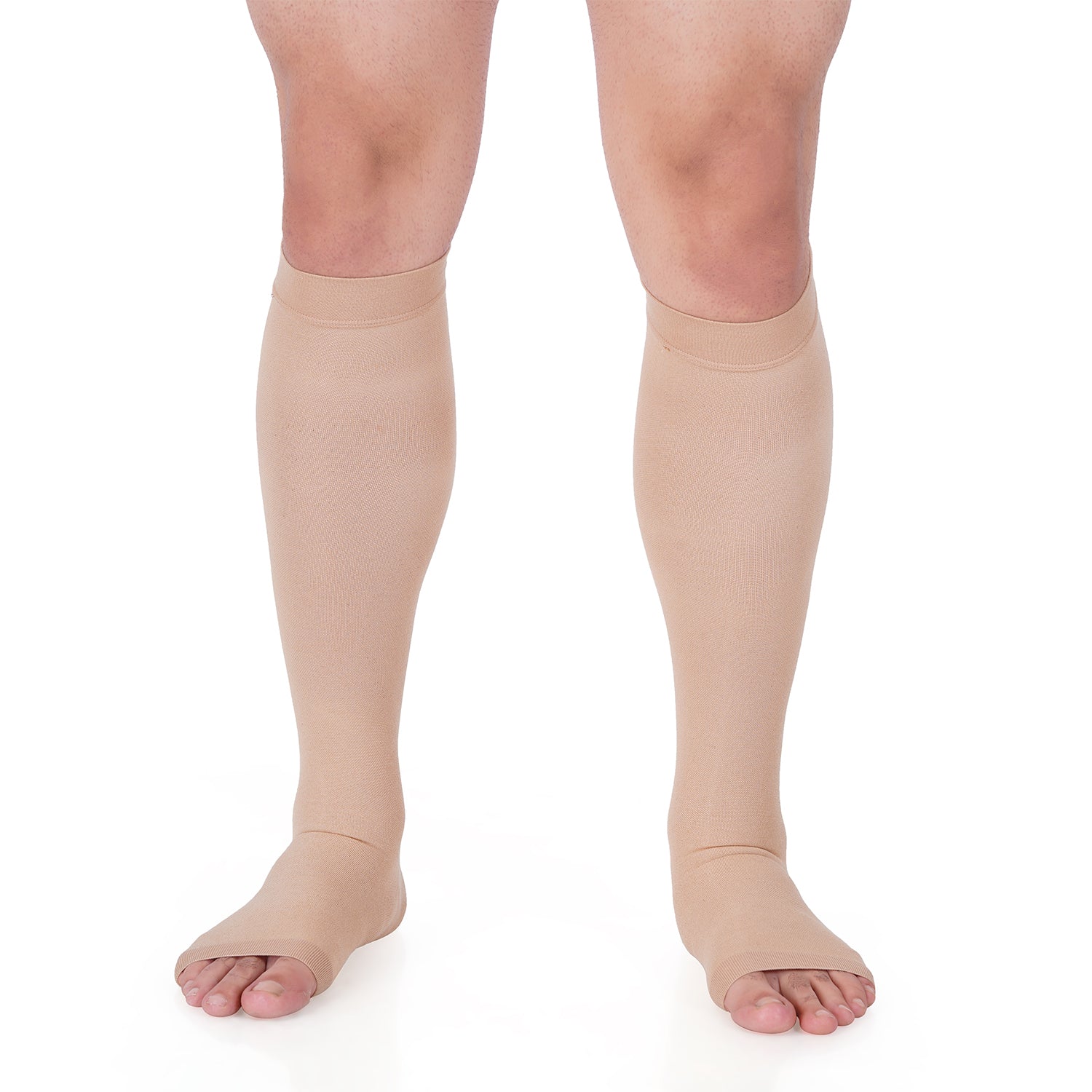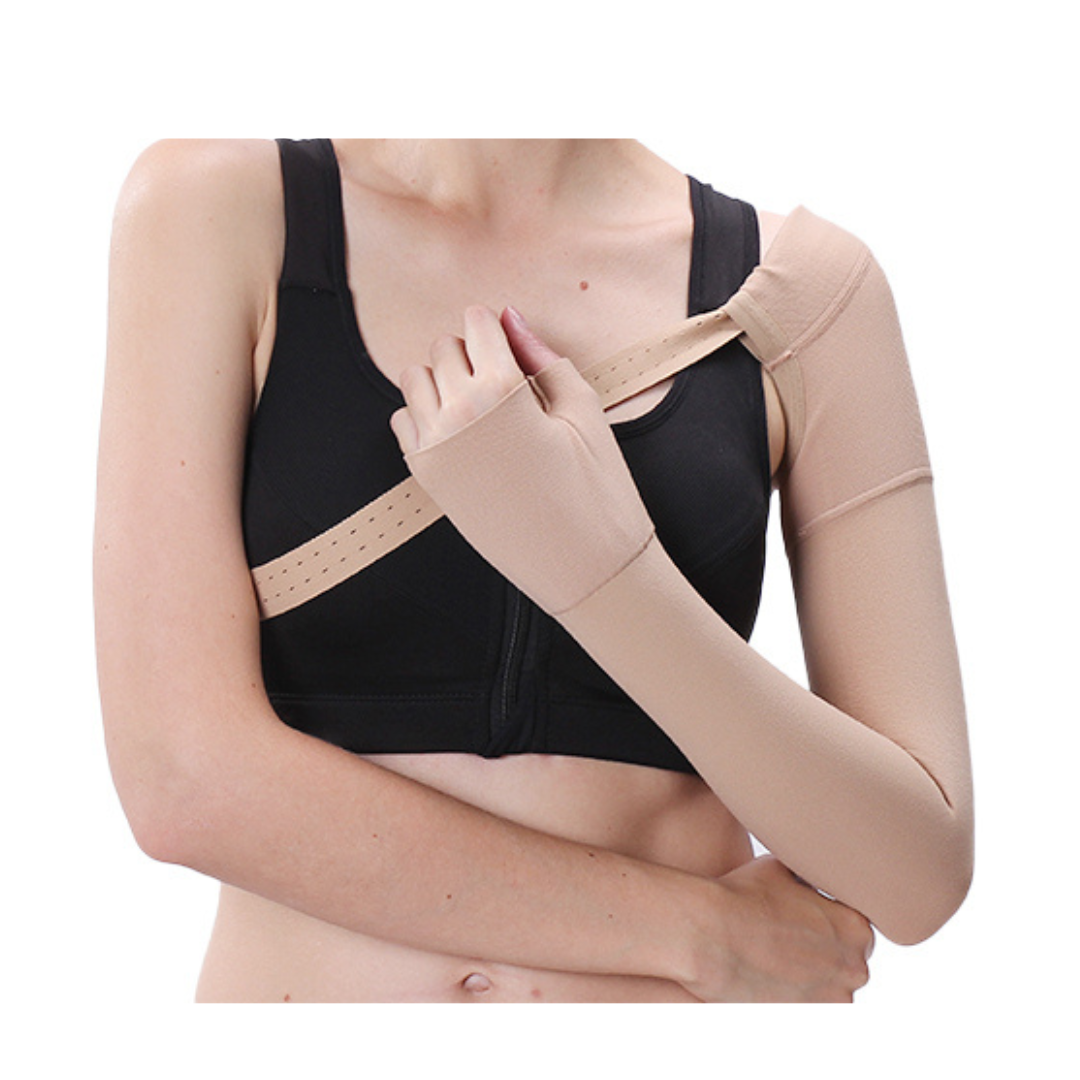Introduction
What Are Venous Leg Ulcers?
Ever noticed a sore on your leg that just refuses to heal? That might be a venous leg ulcer. These are open wounds that pop up mostly around the lower leg or ankle due to poor blood circulation. They’re stubborn, painful, and, let’s be honest, pretty frustrating to deal with.
Why Is Healing Challenging?
Healing venous leg ulcers is tricky because they’re fueled by an underlying problem — weak veins that can’t send blood back to the heart efficiently. This leads to blood pooling in the legs, increasing pressure, and eventually breaking the skin.
Understanding Venous Leg Ulcers
The Root Cause: Poor Circulation
Your veins are like highways for your blood. When there’s a traffic jam (thanks to faulty valves), blood gets stuck in your legs, causing swelling and skin damage. Over time, this can lead to ulcers.
Symptoms to Watch Out For
Look out for swelling, aching, itchy skin, or darkened patches. If you notice a shallow wound that won’t heal, it’s time to take action.
Who Is Most at Risk?
People over 50, especially women, smokers, those with obesity, or a history of deep vein thrombosis (DVT), are more prone to venous ulcers.
What Is Compression Therapy?
Definition and Basic Principle
Compression therapy is a simple yet powerful method that involves applying pressure to the legs to improve blood flow. It’s like giving your veins a helping hand to push blood back toward your heart.
How Compression Therapy Works
By gently squeezing the leg, compression reduces swelling and supports better circulation, creating an environment where wounds can finally heal.
Types of Compression Therapy
Compression Bandages
Multi-layered bandages offer different pressure levels. They're great for severe ulcers.
Compression Stockings
These are tighter at the ankle and looser up the leg, guiding blood flow upwards.
Intermittent Pneumatic Compression Devices
These nifty devices inflate and deflate automatically, giving your veins a rhythmic squeeze.
Custom Compression Garments
Tailored to fit your leg perfectly, these garments offer personalized therapy for chronic cases.
The Science Behind Compression Therapy
Improving Blood Flow
Compression squeezes your veins, making the blood move faster and preventing it from pooling.
Reducing Swelling (Edema)
Less fluid in the tissues means less pressure on your skin and a lower risk of ulcers.
Boosting Oxygen Supply to Tissues
Better circulation delivers more oxygen to the wound, which speeds up the healing process.
Benefits of Compression Therapy for Venous Leg Ulcers
Faster Healing
Studies show that compression therapy can heal venous ulcers faster than other treatments alone.
Pain Reduction
Less swelling means less pain. Simple as that!
Prevention of New Ulcers
Compression doesn’t just heal — it also prevents new ulcers from forming by keeping your veins in check.
Step-by-Step Process of Compression Therapy
Initial Diagnosis
Your doctor will check the severity of your ulcer and recommend the right compression level.
Choosing the Right Compression Method
Bandage or stocking? Pneumatic or garment? It depends on your condition.
Application Techniques
Proper wrapping is key! Always follow medical guidance to avoid cutting off circulation.
How Long Does Healing Take?
Expected Timeline
Most venous leg ulcers heal within 12 weeks of starting compression therapy, though severe cases can take longer.
Factors Affecting Recovery Speed
Your overall health, ulcer size, and how faithfully you follow treatment all play a role.
Complementary Treatments
Wound Cleaning and Dressings
Keeping the wound clean prevents infection and speeds up healing.
Elevation and Exercise
Raising your leg and light exercises can boost circulation naturally.
Medication and Antibiotics
Sometimes, infections sneak in, and that’s where medication becomes essential.
Common Mistakes to Avoid
Incorrect Application
Too tight or too loose? Either can cause trouble. Follow instructions closely.
Ignoring Early Symptoms
Catch problems early to avoid worsening ulcers.
Stopping Treatment Too Soon
Feeling better? Great! But don’t ditch your compression therapy just yet — complete the full course.
When to See a Specialist
Signs Your Ulcer Needs Expert Care
If you notice spreading redness, pus, or severe pain, seek help immediately.
Role of Vascular Surgeons and Dermatologists
These experts can offer advanced treatments, like vein surgery or specialized wound care.
Real-Life Success Stories
Many patients who were once battling painful ulcers have found relief through compression therapy. With patience and consistency, countless people have reclaimed their comfort and mobility.
Caring for Your Skin During Therapy
Preventing Skin Damage
Keep your skin moisturized and inspect it regularly to catch issues early.
Moisturizing and Monitoring
Gentle skin care routines keep your skin healthy under the compression layers.
Future of Compression Therapy
New Technologies and Innovations
From smart textiles to wearable devices, compression therapy is getting a tech makeover.
AI and Smart Compression Devices
Imagine a device that adjusts pressure automatically based on your needs — the future looks promising!
Conclusion
Venous leg ulcers are stubborn, but with compression therapy, healing is within reach. By improving circulation, reducing swelling, and speeding up tissue repair, compression therapy offers a practical and proven solution. Stick with it, combine it with healthy habits, and you’ll be well on your way to recovery.
FAQs
1. Can I apply compression therapy at home?
Yes, with proper guidance from your healthcare provider, you can manage compression therapy at home safely.
2. Is compression therapy painful?
It might feel snug at first, but it shouldn’t be painful. If you experience pain, consult your doctor.
3. Can compression therapy prevent venous leg ulcers?
Absolutely! Regular use can help prevent ulcers from forming in the first place.
4. How do I know if my compression level is correct?
Your doctor will prescribe the right level. Always follow their recommendations to avoid complications.
5. Are there any risks associated with compression therapy?
When used correctly, it’s safe. But improper use can lead to skin damage or restricted blood flow.











